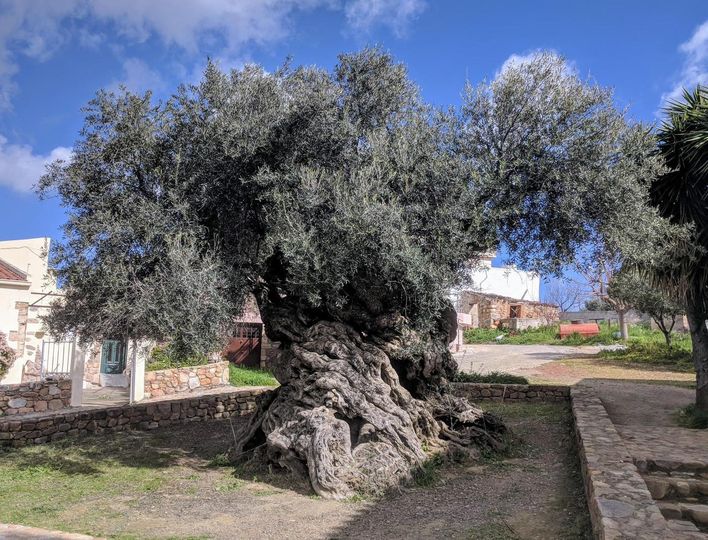The long-tailed Triops, also known as Triops longicaudatus or the American tadpole shrimp, is a freshwater crustacean that has survived from prehistoric times. This post explores the unique characteristics of this ancient creature and how it has adapted to harsh environments.
The Triops longicaudatus, also known as the American tadpole shrimp or rice tadpole shrimp, is a freshwater crustacean belonging to the Notostraca order. Its scientific name refers to its three eyes and long tail structure. This species can be found in freshwater ponds and lakes. Its closest living relative, the Triops cancriformis, is considered a living fossil because its basic prehistoric morphology has changed very little over the past 70 million years, closely resembling ancient fossils.
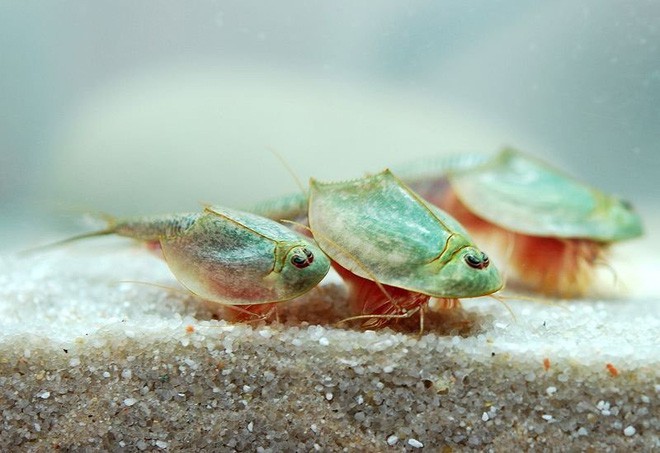
Despite existing only in freshwater environments, it's surprising that many species of tadpole shrimp thrive in arid deserts with very low annual rainfall. The oldest crustacean species on this planet can be easily recognized by its horseshoe-shaped head and long, multi-segmented tail with two long "antennae" pointing backwards.
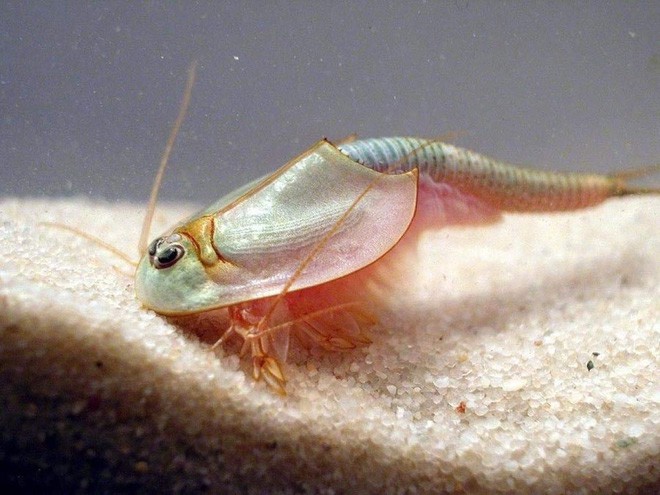
In captive conditions, the long-tailed Triops can grow up to 6 cm in length, but in the wild, they can reach up to 11cm. The species is named "Triops" because of its double compound eyes and a single median eye on the top of its head, translating to "three eyes" in ancient Greek. Despite existing only in freshwater environments, it's surprising that many species of tadpole shrimp thrive in arid deserts with very low annual rainfall. They accomplish this through a unique survival strategy where their larvae live in puddles created from occasional desert storms. When these puddles dry up, adult Triops die, but their eggs can survive in dry and hot environments for more than 15 years. As soon as there is rain, the eggs will hatch immediately.
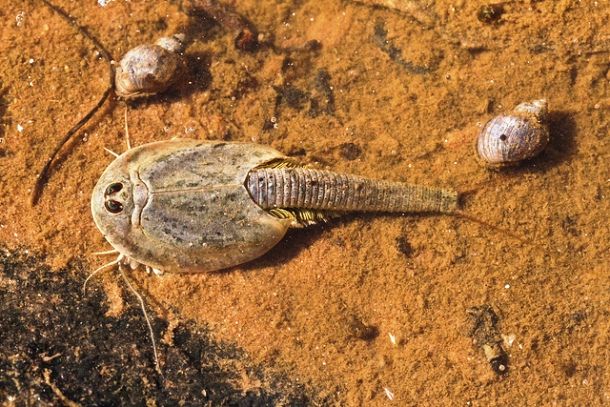
Within 24 hours of hatching, tadpole shrimp look like a smaller version of their adult counterparts. They grow to maturity within 2-3 weeks and are able to reproduce before the scarce water source evaporates under the sun. Due to their impressive natural abilities, tadpole shrimp eggs are packaged into kits by companies for enthusiasts of exotic pets to hatch and rear in aquariums.
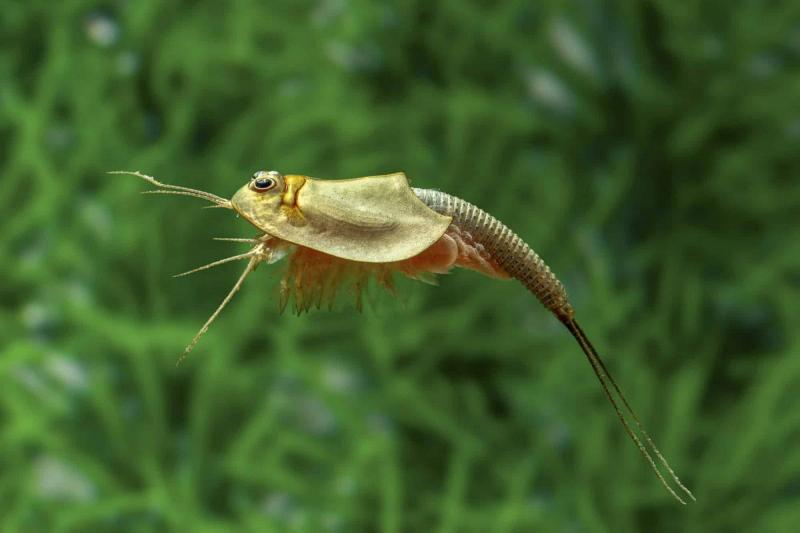
The long-tailed Triops, or the American tadpole shrimp, is a fascinating prehistoric creature that has adapted to harsh environments through its unique survival strategies. Despite having existed for millions of years, it is still surviving today, and its eggs are even packaged and sold as pets. This ancient creature serves as a reminder of the resilience and adaptability of life on Earth.






